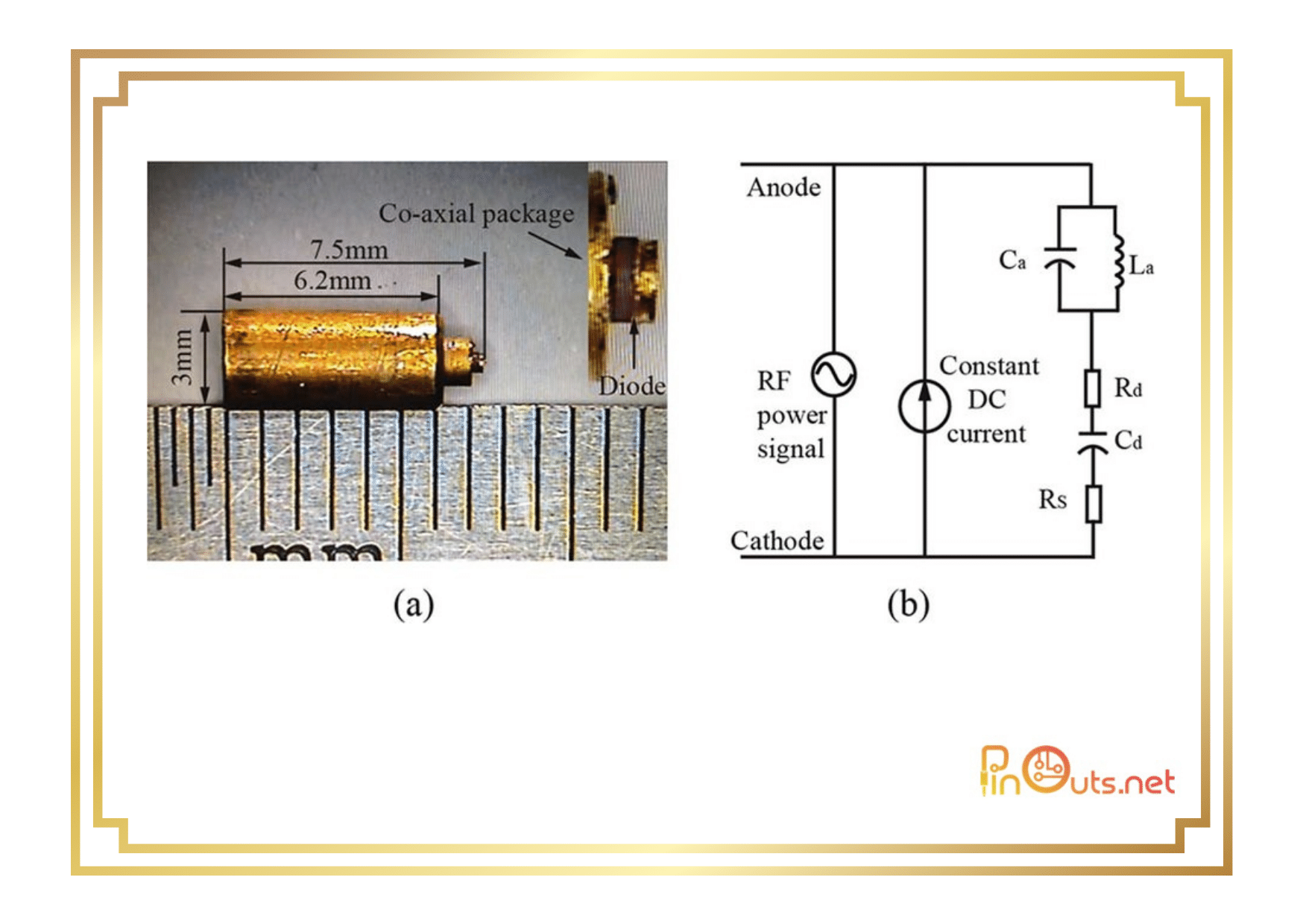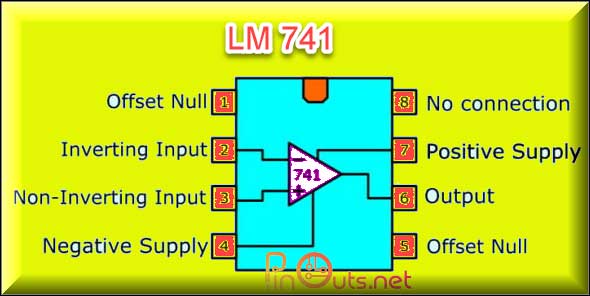Microwave technology plays a pivotal role in modern communication systems, and IMPATT (Impact Avalanche Transit Time) diodes stand out as key components in this domain. As high-frequency devices, IMPATT diodes have proven indispensable in various applications, including radar systems, satellite communication, and microwave amplification. In this article, we will delve into the intricacies of IMPATT diodes, exploring their principles of operation, applications, and significance in advancing microwave technology.

Hıstory of IMPATT Diodes
The IMPATT (Impact Avalanche Transit Time) diode has a history rooted in the mid-20th century, and its development can be traced back to the pioneering work of researchers in the field of semiconductor devices. Here is a brief overview of the historical progression of IMPATT diodes:
1. **1950s: Development of Microwave Semiconductor Devices**
The groundwork for IMPATT diodes was laid in the 1950s when researchers began exploring the possibilities of using semiconductors for microwave applications. During this period, advancements in semiconductor technology paved the way for the development of various microwave semiconductor devices.
2. **1960: Discovery of the Impact Ionization Phenomenon**
The key breakthrough that led to the creation of IMPATT diodes was the discovery of the impact ionization phenomenon. Impact ionization occurs when carriers in a semiconductor gain enough energy from an applied electric field to create electron-hole pairs through collisions with atoms.
3. **1965: Invention of the IMPATT Diode**
The IMPATT diode was first proposed and demonstrated by researchers at Stanford University in 1965. Their work was primarily led by William Shockley and Arthur C. Gossard. The device was conceived as a result of the realization that the impact ionization effect could be harnessed to create a negative resistance device capable of generating microwave signals.
4. **Late 1960s to 1970s: Refinement and Commercialization**
Following the initial invention, researchers worldwide worked on refining the design and performance of IMPATT diodes. This led to improvements in their efficiency, stability, and operating frequency range. During this period, the commercial potential of IMPATT diodes became evident, and they started finding applications in various areas of microwave technology.
5. **1980s Onward: Continued Advancements and Diversification of Applications**
The 1980s and subsequent decades witnessed continued advancements in IMPATT diode technology. Researchers and engineers focused on expanding the frequency range, improving power handling capabilities, and enhancing the reliability of these devices. As a result, IMPATT diodes became integral components in radar systems, satellite communication, and microwave amplifiers.
Today, IMPATT diodes continue to play a crucial role in microwave technology. Their historical development represents a significant chapter in the evolution of semiconductor devices for high-frequency applications. The ongoing research and innovations in this field underscore the enduring importance of IMPATT diodes in advancing communication and radar systems.
Principles of Operation:
IMPATT diodes operate on the principle of avalanche transit time, exploiting the impact ionization phenomenon in semiconductors. Typically fabricated from materials such as silicon, gallium arsenide, or other semiconductor compounds, these diodes are designed to operate in the microwave frequency range. The heart of an IMPATT diode is a reverse-biased p-n junction, where carriers experience a high electric field.


When a voltage is applied across the diode, carriers gain energy through the electric field and, as they traverse the depletion region, collide with atoms. These collisions generate electron-hole pairs, creating an avalanche effect. The resulting high-velocity carriers contribute to the diode’s negative resistance, a crucial characteristic for microwave applications.
Negative Resistance and Microwave Generation:
IMPATT diodes are renowned for their negative resistance behavior, a property exploited to generate microwave signals. In a conventional diode, an increase in voltage leads to an increase in current, resulting in positive resistance. However, IMPATT diodes exhibit a unique behavior where an increase in voltage corresponds to a decrease in current, creating negative resistance.
This negative resistance regime allows IMPATT diodes to sustain and amplify microwave oscillations. The high-velocity carriers generated during impact ionization contribute to the formation of a stable microwave signal. This property makes IMPATT diodes invaluable for microwave signal generation and amplification in various communication systems.
IMPATT diode Applications:
- Radar Systems: IMPATT diodes find extensive use in radar systems for their ability to generate high-power microwave signals. These diodes contribute to the creation of radar pulses essential for target detection and tracking.
- Satellite Communication: In satellite communication, where reliable and high-frequency signal generation is crucial, IMPATT diodes play a vital role. They are employed in transmitters to produce microwave signals for uplink communication with satellites.
- Microwave Amplifiers: IMPATT diodes are utilized in microwave amplifiers to boost the power of signals in communication networks. Their negative resistance characteristic enables efficient amplification in the microwave frequency range.
- Local Oscillators: In frequency conversion and heterodyne receivers, IMPATT diodes serve as local oscillators, providing stable and controllable microwave signals for downconversion.
Significance in Advancing Microwave Technology:
The significance of IMPATT diodes in advancing microwave technology lies in their ability to generate high-power, high-frequency signals with efficiency. Their negative resistance behavior, combined with the compact size and reliability, makes them instrumental in the design and development of advanced communication systems.
As technology continues to evolve, the demand for higher data rates, improved radar capabilities, and efficient satellite communication will persist. IMPATT diodes, with their unique characteristics, are poised to play a crucial role in meeting these demands and driving innovation in microwave technology.
Conclusion:
In conclusion, IMPATT diodes stand as a cornerstone in the realm of microwave technology. Their ability to harness the impact ionization phenomenon, exhibit negative resistance, and generate stable high-frequency signals makes them indispensable in various applications. As the demand for faster and more reliable communication systems continues to grow, IMPATT diodes will remain at the forefront of technological advancements, shaping the future of microwave technology.








